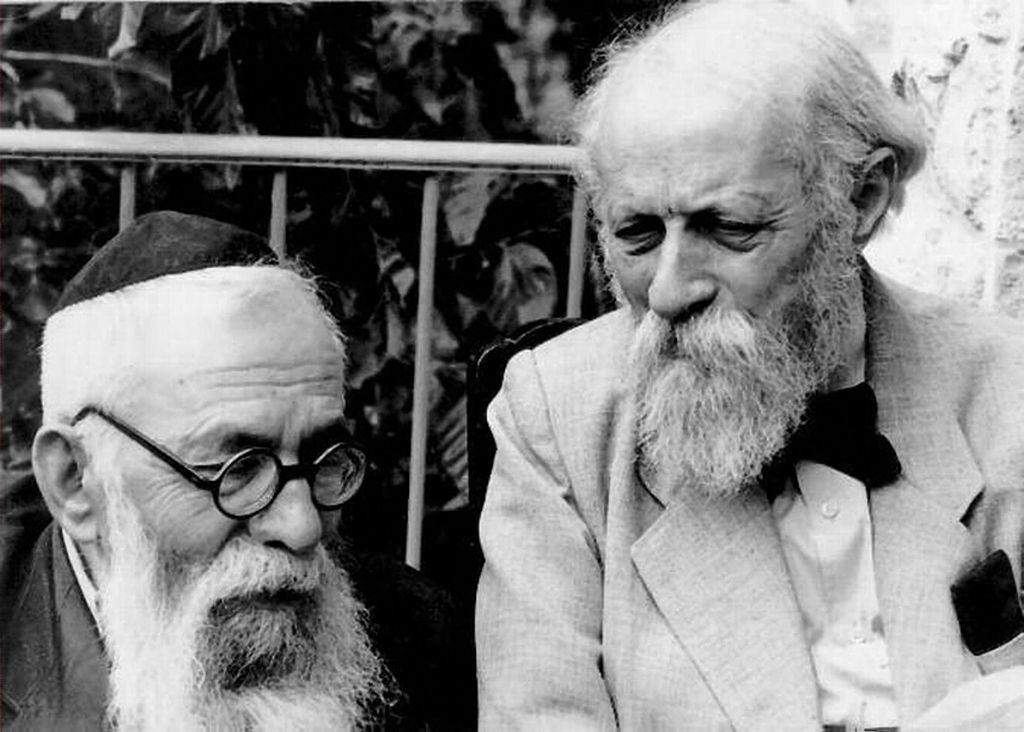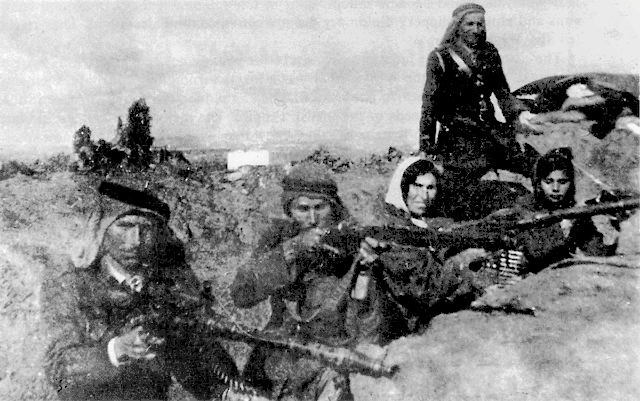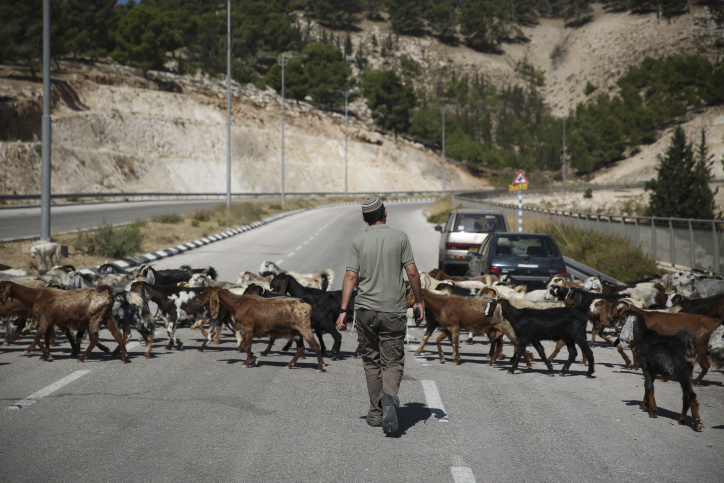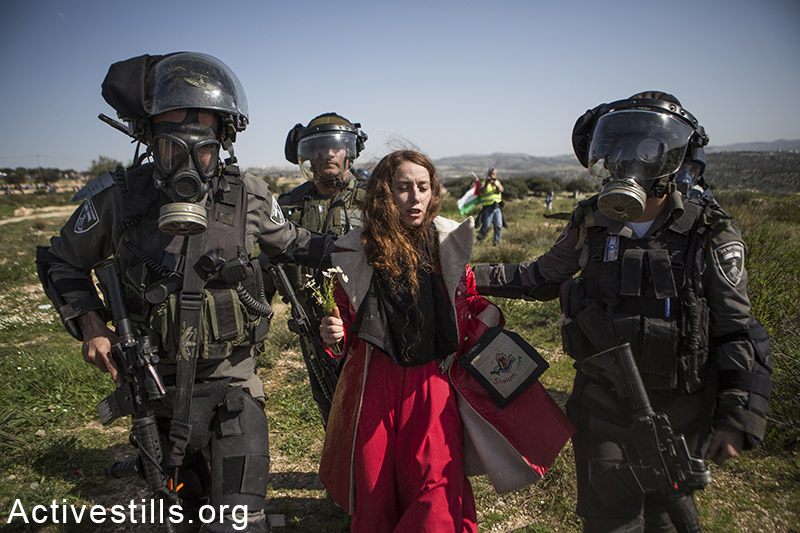For nearly as long as Palestinians have resisted their displacement, small groups of Jews have joined them. Ran Greenstein’s ‘Zionism and Its Discontents’ brings to life the complex, often contradictory story of those Israelis who saw Palestinian and Jewish liberation as one and the same.

Zionism and Its Discontents: A Century of Radical Dissent in Israel/Palestine (Pluto Press, 2014)
Solidarity with Palestinians facing eviction, expulsion and home demolitions has been a cornerstone of radical left-wing Israeli activism over the past decade. The Israeli Committee Against Home Demolitions raised international awareness of Israel’s ongoing forced displacement of Palestinians. Anarchists Against the Wall faced down Israeli military bulldozers. The Sheikh Jarrah Solidarity movement brought thousands of Israelis to East Jerusalem for weekly protests against evictions. Left-wing Israeli and international activists from various groups can be found alongside Palestinians facing forced displacement and home demolitions in the Negev, the Jordan Valley, and the South Hebron Hills.
That activism has a history. The destruction of entire villages and the removal of Palestinians from their land was part of the practice of Zionism long before Israel’s founding. And for nearly as long as Palestinians have resisted their displacement, small groups of Jews have joined them.
The urgency of present political demands, however, often buries the history of past struggles. And without historical consciousness, today’s activists risk repeating the mistakes of their predecessors. Ran Greenstein’s Zionism and Its Discontents: A Century of Radical Dissent in Israel/Palestine remedies this amnesia, providing a useable past for activists and scholars fighting for peace and justice between the river and the sea.
While the long history of resistance to Zionism is the subject of Greenstein’s book, Zionism and Its Discontents is not a history of events but a history of thought in action — a chronicle of the internal debates, shifting ideological positions, political aspirations, failures, and successes of four different movements from before Israel’s establishment to the present day. Greenstein deftly parses the sometimes arcane theoretical disputes of anti-colonial and left-wing groups as they attempted to articulate a politics of resistance to Zionism across the tumultuous twentieth century.

Greenstein begins with Brit Shalom, perhaps the best-known Jewish bi-nationalist movement during the British Mandate, which counted Martin Buber, Gershom Scholem, Henrietta Szold, and Hannah Arendt among its members and supporters. Greenstein shows that the movement lacked not for good intentions but rather clear-headedness. Many of the early Jewish bi-nationalists, often themselves officials in Zionist settlement organizations, failed to see how one hand’s work undid the other’s. The violence and displacement inherent to expanding Jewish colonial settlement undermined and outright negated calls for a peaceful federation of Arabs and Jews.
At roughly the same time, the Palestinian Communist Party (PCP) attempted to reconcile its mostly Jewish membership (at least in the early days) with support for an Arab peasants’ revolt against both large Arab landowners and the British colonial authorities. The PCP’s Jewish members remained within Zionist institutions like the Histradrut, the national trade union, while coming paradoxically close to advocating for an armed Arab uprising against evictions of Arab tenants by and land-sales to Zionist settlement organizations.
The PCP’s policies, however, were often not of their own choosing, subject to the shifting dictates of the Communist International (Comintern), such as Arabization: transforming the party into a majority Arab party and replacing the Jewish leaders with Arabs. What was controversial, Greenstein writes, was not the process of Arabization itself but the “underlying rationale”: such changes implied “that the Arab masses were inexorably moving towards the revolution, regardless of their current leadership and its direction, and that Jews were second-class partners regardless of their personal record.”

While the Arabization debate within the PCP took place prior to Israel’s establishment, the larger question remains part of contemporary left-wing discourse in Israel/Palestine: Who should lead the struggle against the occupation? Should Jews, as the privileged class in Israel/Palestine, always follow the lead of Palestinians, or does that relegate them to “second-class partners?” How should anti-Zionist Jews relate to Zionist state and para-state institutions, like the Jewish National Fund? What forms should solidarity with Zionism’s victims take? Zionism and Its Discontents offers no easy answers, yet activists today will find a small measure of comfort in knowing that they are far from the first generation to grapple with these questions.
During and after the pre-state period, bi-nationalists and communists alike also debated the relationship between Zionism and colonialism. Was Zionism its own form of colonialism or merely a reactionary nationalism allied with imperial forces? Greenstein not only traces how the various movements’ answers changed over time as the political situation — and the tangible relationship between Zionism and European imperialism — shifted. He makes an important point about what distinguishes Zionism from other forms of colonialism: historically, Zionists have not sought to subjugate the native Palestinian population as a racialized subclass (in contrast, say, to South Africa), but to excise the Palestinians entirely from the body politic. The goal was the creation of a Jews-only nation-state.
Zionism’s eliminationist tendency remains part of both Israeli political discourse and state policy to this day. It is expressed in the demolition of Palestinian homes and entire villages. It can be seen in policies to “Judaize” areas with large Arab populations within Israel, like East Jerusalem, the Negev and the Galilee. It is on full display in the direct and indirect removal of Palestinians from Area C of the West Bank so that if Israel ever officially annexes the West Bank, it will be able to claim maximum territory with minimum Palestinians. Defense Minister Avigdor Liberman and others have proposed transferring large Palestinian cities within Israel, like Umm al-Fahm, into a future Palestinian state. Members of Naftali Bennett’s far-right Jewish Home party openly speak of the “voluntary transfer” of Palestinians out of Palestine.

Since the Oslo Accords, though, Israeli elites’ approach to the presence of Palestinians in territory under Israeli control has become somewhat contradictory. While centrists and the center-left still speak about the need for “separation” and “a divorce” from the Palestinians, the one-state reality, simultaneously temporary and indefinite, provides a cheap, exploitable labor source — Palestinians from the occupied territories. Endless occupation has transformed Israelis into inadvertent colonialists of the more conventional variety.
One of Greenstein’s most valuable insights relates to the failure of Jewish bi-nationalist movements to find Arab partners. The Arabs, Greenstein argues, recognized what the Jewish bi-nationalists could not: that the mainstream Zionist movement had the power to determine the shape of Jewish politics in Israel/Palestine, and that it had no intention of peacefully co-existing. The Palestinian leadership therefore met Zionist eliminationism with rejectionism — the refusal to recognize Jewish political rights out of fear that doing so would lead to Jewish domination of the Arab population.
Though far from inevitable, the conflict in Israel/Palestine has, as a result, been one of two opposed, irreconcilable nationalisms. Even today, over 50 years after Israel first occupied the West Bank, the Palestinian national movement, at least within historic Palestine, remains committed to a nationalist struggle with the goal of establishing an independent, Palestinian state. The sad irony is that Israel, having achieved the Zionist goal of a Jewish state and more, is now committed to making sure that never happens.

The closest Israeli and Palestinian movements came to serious bi-national cooperation was what Greenstein calls the “incipient dialogue” between the Democratic Front for the Liberation of Palestine (DFLP), a militant, Marxist organization within the Palestinian national movement, and Matzpen, the socialist, anti-Zionist movement. The DFLP and Matzpen’s communication, however, was cut-short by state repression and the outbreak of civil war in Jordan in 1970, but those were not their only obstacles. Among the points of contention between the two movements was the right to Jewish national self-determination within historic Palestine. In a one-state solution, which would be a majority Arab country, would Jews have collective rights — to cultural autonomy, to the Hebrew language — or only rights as individuals within the framework of a democratic Arab state?
Today, as illusions about the two-state solution fade away, Israelis and Palestinians have begun to think together, again, about what sharing the land of Israel/Palestine might look like in practice. However, one-state and federation initiatives remain small, lacking any real influence or public support. The questions that previous movements raised — from the implications of PCP’s Arabization debate to national self-determination for both Jews and Arabs within Israel/Palestine — remain unanswered.
And yet, Jews and Arabs, even without a unifying platform or a coherent strategy, continue to join together on the frontlines of Israel’s efforts to remove Palestinians from their land — in the Negev, the Jordan Valley, Jerusalem, and the South Hebron Hills. The bi-nationalists failed, in part, because they could imagine a shared society, but could not commit themselves to a shared struggle. Perhaps contemporary anti-occupation activists, through committed, steadfast, shared struggle, will lay the groundwork for a future shared society.


